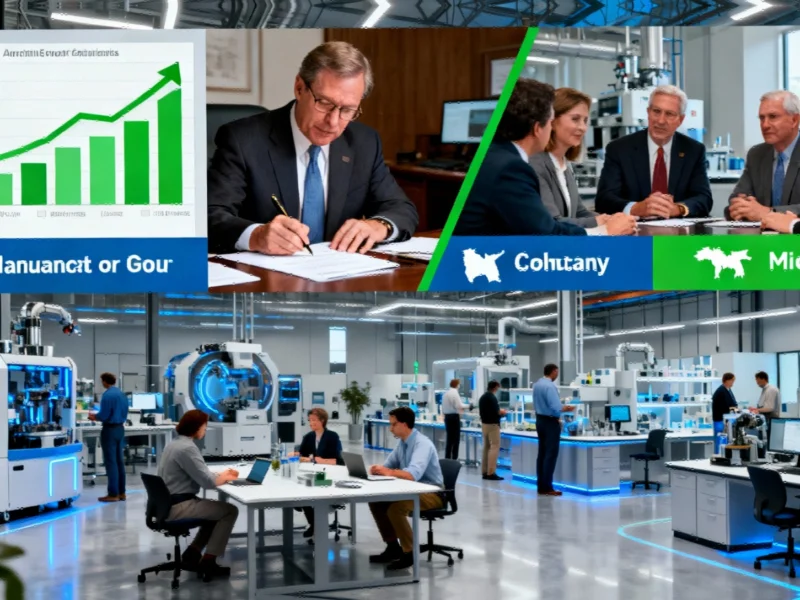Beyond One-Size-Fits-All: Nanoparticle Blueprints Emerge
Lipid nanoparticles (LNPs), the delivery vehicles behind groundbreaking COVID-19 vaccines and gene therapies, are far more structurally diverse than previously assumed, according to reports from a multi-institutional research collaboration. The findings, published in Nature Biotechnology, reveal that these microscopic carriers come in varied configurations that significantly impact their therapeutic performance.
Table of Contents
From Uniform Fleet to Specialized Vehicles
Sources indicate that scientists had traditionally treated LNPs as essentially identical delivery vehicles, much like a fleet of trucks built from identical blueprints. However, the new research demonstrates they actually exhibit remarkable structural diversity. “Treating LNPs like one model of car has worked, as evidenced by the millions of people these particles have helped, but LNPs are not one-size-fits-all for every RNA therapy,” Michael J. Mitchell, Associate Professor in Bioengineering at Penn Engineering and co-senior author of the paper, told reporters.
Analysts suggest this discovery enables a more targeted approach to therapeutic design. “Just as pickups, delivery vans and freight trucks best suit different journeys, we can now begin to match LNP designs to particular therapies and tissues, making these particles even more effective,” Mitchell explained according to the research documentation.
Illuminating the ‘Black Box’
The report states that understanding why certain chemical modifications to LNPs produced specific biological effects has long challenged researchers. “These particles are something of a ‘black box,'” said Marshall Padilla, Bioengineering postdoctoral fellow and the paper’s first author. “We’ve had to develop new formulations mostly by trial and error.”
Researchers overcame this challenge by employing three complementary visualization techniques that left particles intact in solution. The methods included sedimentation velocity analytical ultracentrifugation, field-flow fractionation with multi-angle light scattering, and size-exclusion chromatography with synchrotron small-angle X-ray scattering conducted at Brookhaven National Laboratory’s National Synchrotron Light Source II., according to technology trends
Surprising Structural Diversity Revealed
According to the analysis, the research team examined four established LNP formulations, including those used in COVID-19 vaccines and the FDA-approved therapy Onpattro. “We used to think LNPs looked like marbles,” said Kushol Gupta, Research Assistant Professor in Biochemistry and Biophysics at Penn’s Perelman School of Medicine and the paper’s other co-senior author. “But they’re actually more like jelly beans, irregular and varied, even within the same formulation.”
The collaboration between academic, industrial, and national laboratory resources proved crucial to obtaining these insights. “We were only able to visualize the particles in such detail because each partner saw them from a different angle,” Padilla noted in the research documentation.
Structure-Function Relationships Emerge
When researchers tested how different LNP structures performed in various biological contexts—from human T cells and cancer cells to animal models—they found clear correlations between internal architecture and delivery effectiveness. Hannah Yamagata, a doctoral student in the Mitchell Lab, reported that “certain particle internal structures corresponded with improved outcomes, like more cargo being offloaded or more deliveries reaching the target.”, according to additional coverage
The research indicates that optimal LNP design depends heavily on the intended destination. Some formulations performed better in immune cells, while others showed greater potency in different biological contexts, analysts suggest.
Preparation Methods Matter
The study also revealed that preparation techniques significantly influence LNP characteristics and performance. Microfluidic devices produced more consistent shapes and sizes, while mixing by hand using micropipettes resulted in greater variation. Surprisingly, the reportedly less precise manual method sometimes yielded better therapeutic outcomes in specific applications.
“It’s kind of like baking cookies,” Yamagata explained. “You can use the same ingredients, but if you prepare them differently, the final product will have a different structure.”
Toward Rational Nanoparticle Design
The findings potentially mark a shift from trial-and-error LNP development to more deliberate design approaches. “This paper provides a road map for designing LNPs more rationally,” Mitchell stated according to the research documentation.
While some characterization methods used in the study require specialized equipment like particle accelerators, researchers indicate that many steps can be replicated with more accessible laboratory tools. The accumulating structural and functional data could eventually support artificial intelligence applications for LNP design, potentially accelerating development of next-generation targeted therapies.
Related Articles You May Find Interesting
- Digital Transformation in Energy Sector Focus of Upcoming GIZ Webinar
- TerraMaster Launches High-Performance NAS Systems With AI Security Features
- Indeeco Launches Advanced iHeat Tubing Systems with Enhanced Manufacturing Effic
- AI’s Promise for Developing Economies Faces Infrastructure and Literacy Hurdles
- Deceptive by Design: How Industrial Systems Face Growing Threats from UX Manipul
References
- https://medicalxpress.com/news/2025-07-pain-gain-phenol-groups-recipe.html
- http://en.wikipedia.org/wiki/Liberal_National_Party_of_Queensland
- http://en.wikipedia.org/wiki/Truck
- http://en.wikipedia.org/wiki/Solid_lipid_nanoparticle
- http://en.wikipedia.org/wiki/Brookhaven_National_Laboratory
- http://en.wikipedia.org/wiki/Biological_engineering
This article aggregates information from publicly available sources. All trademarks and copyrights belong to their respective owners.
Note: Featured image is for illustrative purposes only and does not represent any specific product, service, or entity mentioned in this article.



